Description
Biostatistics for the Biological and Health Sciences is the result of collaboration between the author of the #1 statistics book in the country and an expert in the biological sciences field. The major objective of this book is to provide a thorough; yet engaging introduction to statistics for students and professors in the biological; life; and health sciences.
This text reflects the important features of a modern introductory statistics course and includes an abundance of real data and biological applications; and a variety of pedagogical components to help students succeed in their study of biological statistics.

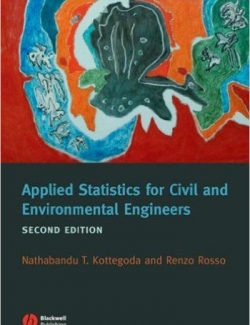
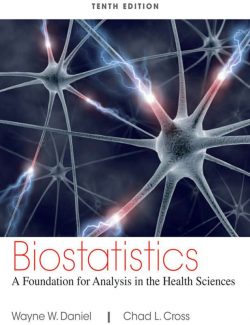
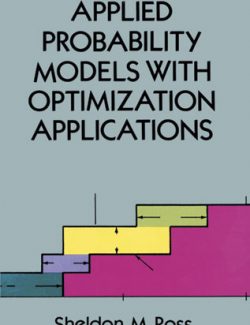




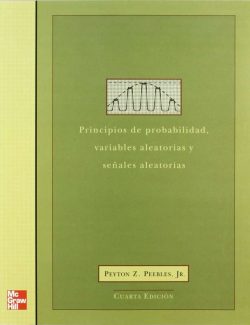



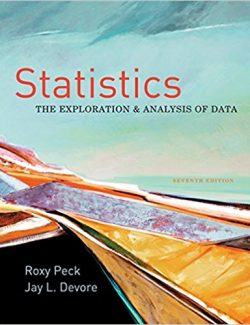
Leave us a comment
No Comments